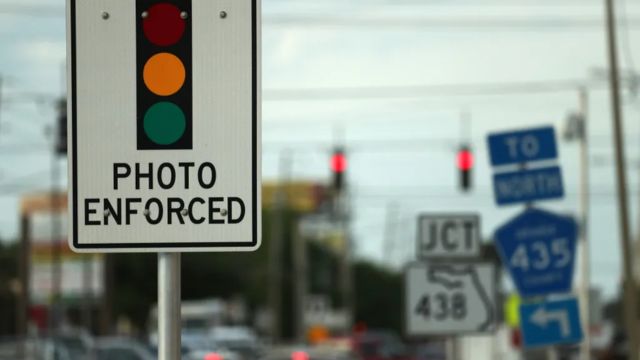It might be difficult to understand traffic laws, particularly when it comes to turning on red lights. The goal of this article is to give readers a thorough grasp of Connecticut’s right-turn-on-red law, including any current updates and important safety information. This information will provide you the skills you need to handle junctions safely and effectively, regardless of how experienced you are behind the wheel.
Connecticut Turning Right on Red: The Fundamentals
In Connecticut, cars are often allowed to turn right at a red light after completely stopping. Nevertheless, there are a few significant exceptions to this rule:
- No Right Turn Signs: Right turns are forbidden at intersections with posted “No Right Turn on Red” signs even after stopping.
- School Zones: To keep kids safe when crossing the street, right turns on red are normally not allowed during specified school zone hours.
- Double Red Lights: It is not permitted to turn right, even if you halt when there are two red lights in a row.
- Other limits: Due to traffic patterns or safety concerns, additional limits can be in place in some areas. Constantly look out for road markers and signage.
Important Things to Bear in Mind:
- Stop Totally: Make sure you stop completely at the crosswalk or stop line at the crossing before moving forward. Rolling stops are risky and forbidden.
- Give Way: You have to give way to oncoming traffic, pedestrians, and cars making a left turn from the other direction even after you’ve stopped. Before moving forward, make sure the junction is clear.
- Pay Attention to Signage: Keep an eye out for any signage that modifies the general rule, such as “No Right Turn on Red” signs, school zone markers, or other traffic control devices.
- Use switch Signals: To let other vehicles and pedestrians know what you intend to do, always switch on your right turn signal both before stopping and during the turn.
- Maintain Correct Lane Positioning: When waiting for a turn and actually making the turn, stay in the lane that has been assigned to you. Refrain from hogging lanes or using shortcuts.
- Proceed Cautiously: Never make a right turn on red light without caution, even if it is allowed. Safety should always come first, so keep an eye out for any potential threats and move carefully.
Advantages and Issues:
Potential advantages of the right-turn-on-red law include better traffic flow and shorter travel times. But there is reason to be concerned about the safety of pedestrians and the possibility of collisions with oncoming vehicles. It’s critical to prioritize good driving habits and give these factors their weight.
The Safest Ways to Make Right Turns on Red:
- Before moving forward, make sure to look for pedestrians and approaching traffic.
- Steer clear of turning red during rush hour or at congested junctions.
- Keep your speed down and be ready to stop if needed.
- If something is blocking your view or you are unable to safely assess the situation, never switch on red.
- Pay attention to the weather and modify your driving as necessary.
In summary:
Driving safely and responsibly in Connecticut requires knowledge of and adherence to the right-turn-on-red law. You can make the road environment more efficient and less crowded while protecting your own and other people’s safety by following the law, being cautious, and putting safety first. Recall that the secret to safely and confidently negotiating Connecticut’s crossroads is knowledge and defensive driving practices.

